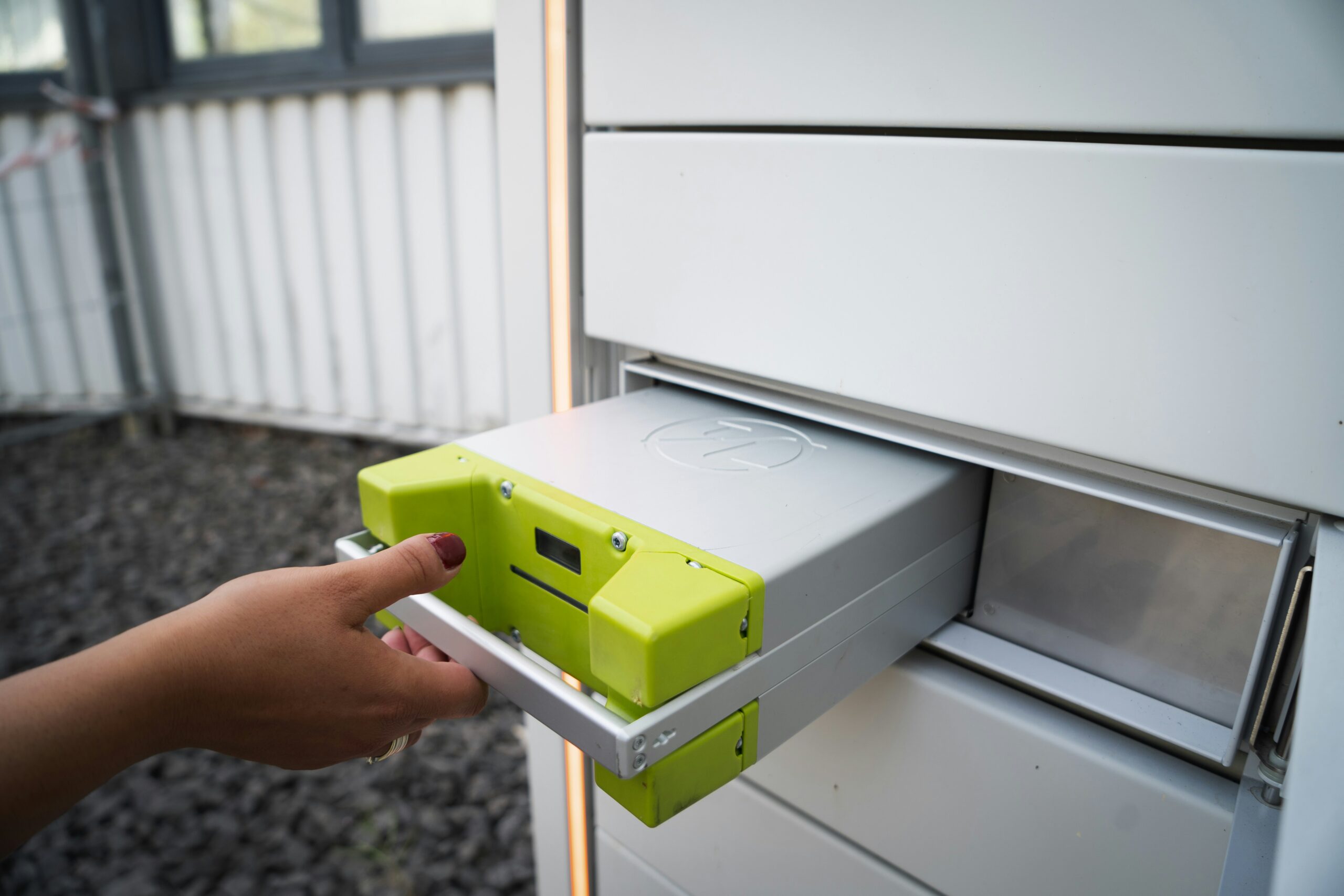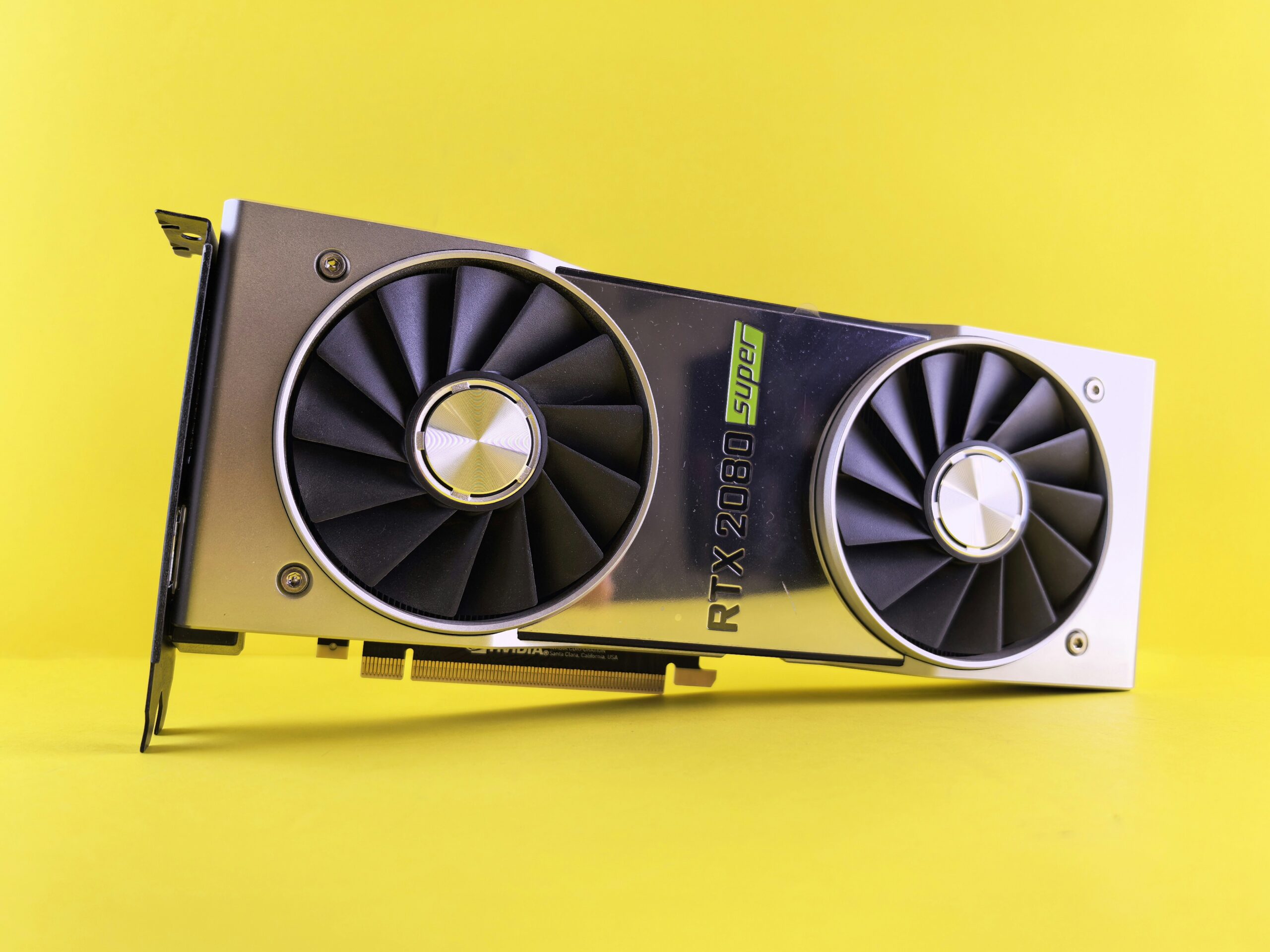 To the industry, Morris Chang's vision wasn't just misguided...
To the industry, Morris Chang's vision wasn't just misguided...
It was insulting.
Chang spent more than 25 years at Texas Instruments (TXN), climbing the ranks of the semiconductor world. He knew better than anyone that it was becoming staggeringly expensive for companies to design their own chips.
Building a chip factory cost hundreds of millions of dollars. That wasn't the kind of cash startups could afford.
But the industry was set in its ways. Every major player – from Texas Instruments to Intel (INTC) and Advanced Micro Devices (AMD) – handled their own chip fabrication.
Outsourcing production was a laughable idea. These designs were too precious to share freely.
So when Chang proposed a radical new business... one that would make chips without designing any of its own... he was met with outright mockery.
 At first, nobody took Chang's idea seriously...
At first, nobody took Chang's idea seriously...
A "pure play" foundry that existed solely to make chips for other companies was considered a second-rate business model.
"Real men have fabs," AMD CEO Jerry Sanders famously sneered.
But Chang knew something these folks didn't. The current business model was bottlenecking innovation.
Small chip-design firms had brilliant ideas. But they couldn't afford to make their own chips. They had nowhere to go... So he gave them a factory.
After being turned down by every industry giant, Chang secured funding from the Taiwanese government and Dutch company Koninklijke Philips (PHG).
His new company, Taiwan Semiconductor Manufacturing ("TSMC"), wasn't exactly swimming in business to start. The semiconductor giants still ran their own fabs.
TSMC had to prove itself by making old, outdated chips – nothing even close to cutting-edge.
 The company was living on scraps...
The company was living on scraps...
Chang needed a way to pull in new customers, and fast.
So he slashed prices.
The approach, called "learning-curve pricing," is simple but counterintuitive... Lower the price, even when you don't need to.
If TSMC slashed prices up front, it would pull in tons of orders. The more orders it filled, the better it would get at making chips.
That meant it could produce chips for even cheaper... and lower costs further.
It sounded like a smart way to lose a lot of money. In the short term, TSMC would burn through cash.
But in the long run, it would be unstoppable.
 TSMC started winning more and more customers...
TSMC started winning more and more customers...
As startups flooded in, even big players started outsourcing their chip production. And by 2009 – 23 years after the chip giants mocked Chang's idea – he got the last laugh.
AMD was in crisis. The cost of maintaining its own fabs was bleeding the company dry. So it did the unthinkable... It sold its fabs.
The company that had once laughed at TSMC's model was now using it to survive.
Today, TSMC makes the world's most advanced chips for industry titans like Apple (AAPL) and Nvidia (NVDA).
There are a lot of reasons the business got to where it did. Of course, it had a great business model. And it eventually offered the best technology that all its customers wanted.
But without its clever pricing model, TSMC may never have taken off.
Pricing often decides the outcome in highly competitive markets. Just last week, we highlighted a similar setup in Novo Nordisk (NVO)... which is slashing prices on its GLP-1 weight-loss drugs.
In TSMC's case, the competition was in-house chip production. By making sacrifices at the start, the company won over customers.
And soon enough, it upended an entire industry.
Regards,
Joel Litman
May 28, 2025



 To the industry, Morris Chang's vision wasn't just misguided...
To the industry, Morris Chang's vision wasn't just misguided...

